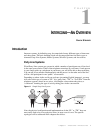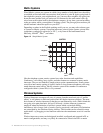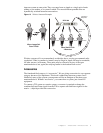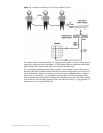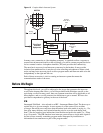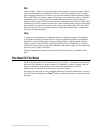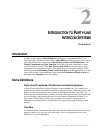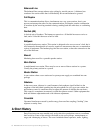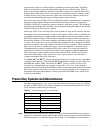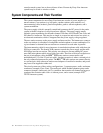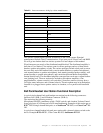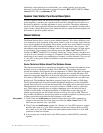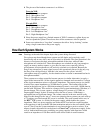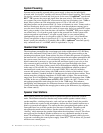
Chapter 2 - Introduction to Party-Line Intercom Systems 7
C HAPTER
2
C
HAPTER
2
I
NTRODUCTION
TO
P
ARTY
-L
INE
I
NTERCOM
S
YSTEMS
STAN HUBLER
Introduction
Leading off this chapter, Some Definitions that may help you understand Party-Line
intercoms terms (and buzz-words). Then, a Short History of Party-Line intercoms will be
presented, leading into a discussion of Present Day Systems and Manufacturers. The
System Components and Their Function will explore the main components of these
systems and what they do. Then, How Each System Works shows how these system
components are put together to make a functioning intercom and some examples of the
different systems. Outstanding Features of Each System describes application areas and
where each system is often marketed. Some important Limitations of Each System are
described and a Summary closes this chapter.
Some Definitions
Party-Line (PL) systems / Conference Line Intercom Systems
A Party-Line system allows a group of people to intercommunicate. For example, one
person can talk, while all the others on the bus or channel can hear. When the system is full
duplex, anyone can talk and the rest can hear or interrupt the speaker at any time. The
Party-Line and distributed matrix systems presently sold today are usually full duplex and
are non-blocking, which means that access to the channel is immediate and there is no
busy signal. Conversations on Party-Line systems are, in general, non-private. It is
important to note that both two wire and four wire type systems support the Party-Line
concept.
Two-Wire
A communications system where the path is the same for both talk and listen. In electrical
pathways there are, in fact, two wires (one path). Two-wire systems can be two-wire
balanced or two-wire unbalanced.





